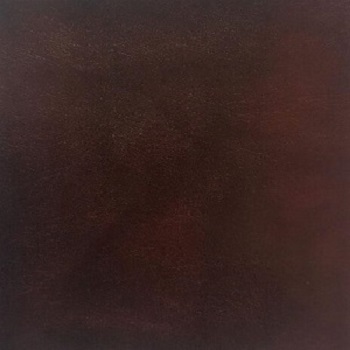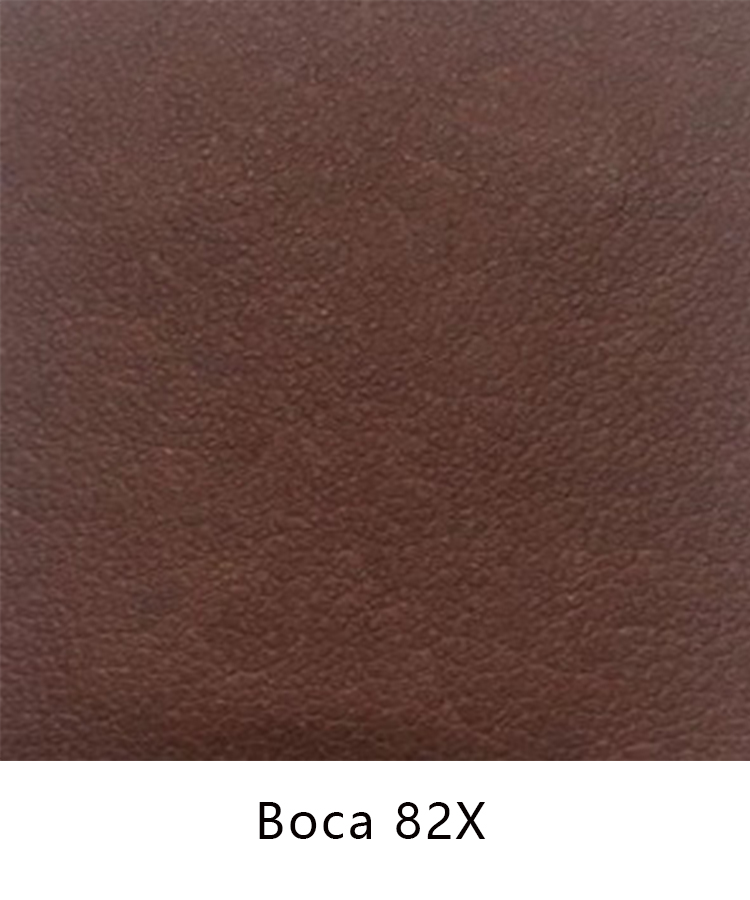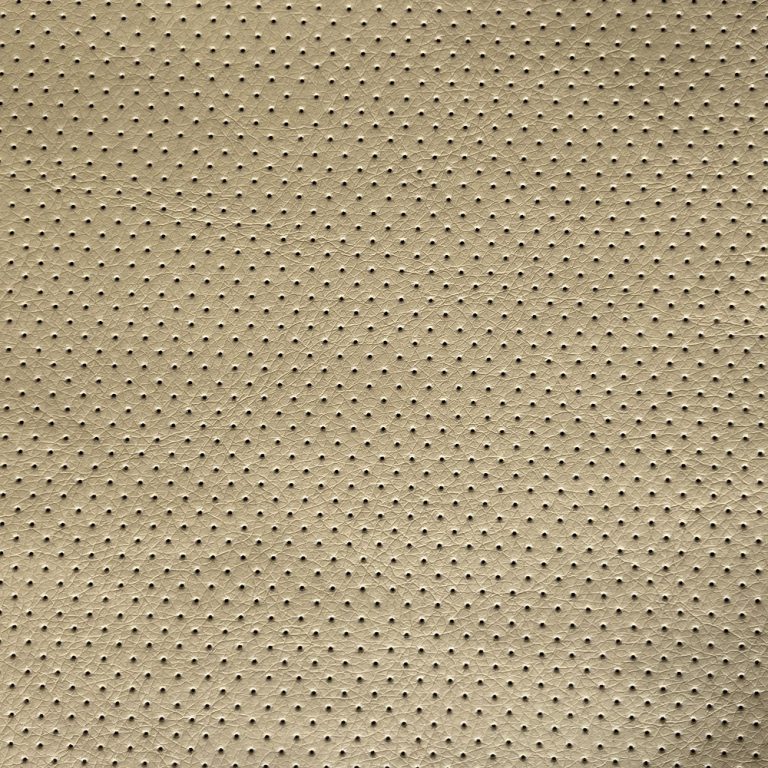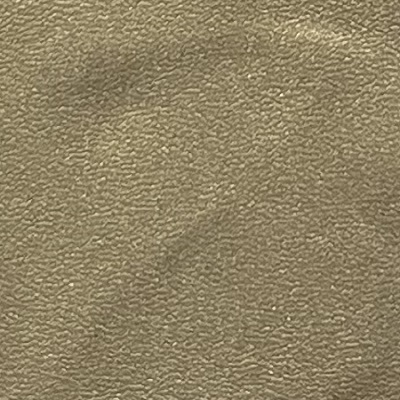Table of Contents
Köpük Astarlı Ayakkabı Astarı Kumaş Kullanmanın Faydaları
Ayakkabı Astarı için Doğru Köpük Kalınlığı Nasıl Seçilir
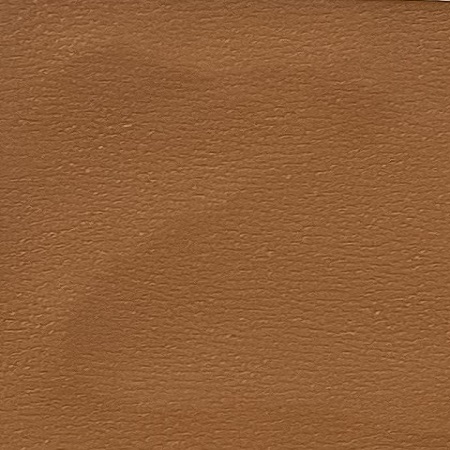
Ürün Adı
Ayakkabı astarı kumaşı
Seri Numarası
| Ayakkabı Astarı Kumaşına Köpük Eklemek İçin Kendin Yap İpuçları | Köpüklü ayakkabı astarı kumaşı, ayakkabılarına ekstra konfor ve yastıklama eklemek isteyenler için popüler bir seçimdir. İster kendi ayakkabınızı yapıyor olun, ister mevcut ayakkabınızı geliştirmek istiyor olun, astara köpük eklemek ayakkabının genel rahatlığı ve uyumu açısından büyük bir fark yaratabilir.
Köpük, ayakkabıya kolayca eklenebilen çok yönlü bir malzemedir. Ekstra dolgu ve destek sağlamak için astar kumaşı. Hafızalı köpük, EVA köpük ve poliüretan köpük dahil olmak üzere kullanılabilecek birkaç farklı köpük türü vardır. Her köpük türünün kendine özgü özellikleri ve faydaları vardır, bu nedenle özel ihtiyaçlarınız için doğru türü seçmek önemlidir. Ayakkabı astarı kumaşına köpük eklerken akılda tutulması gereken birkaç önemli ipucu vardır. Öncelikle ayakkabınız için doğru kalınlıkta sünger seçtiğinizden emin olun. Daha kalın köpük daha fazla yastıklama sağlar ancak aynı zamanda ayakkabının daha sıkı hissetmesine de neden olabilir. Ayakkabı astarı kumaşına köpük eklerken konfor ve uyum arasında bir denge kurmak önemlidir. Bir diğer önemli ipucu da köpüğün astar kumaşa güvenli bir şekilde bağlandığından emin olmaktır. Bu, güçlü bir yapıştırıcı kullanılarak veya köpüğün yerine dikilmesiyle yapılabilir. Hangi yöntemi seçerseniz seçin, köpüğün ayakkabının içinde kaymaması veya topaklanmaması için sağlam bir şekilde takıldığından emin olun. Ayakkabı astarı kumaşına köpük eklemenin yanı sıra, iyileştirmeye yardımcı olabilecek birkaç Kendin Yap ipucu daha var Ayakkabılarınızın rahatlığı ve uyumu. Bir ipucu ayakkabının iç tabanına ekstra dolgu eklemektir. Bu, ekstra yastıklama ve destek sağlamak için köpük ekler veya jel pedler kullanılarak yapılabilir. Diğer bir ipucu da daha iyi bir uyum sağlamak için ayakkabının bağcıklarını ayarlamaktır. Bağcıkları gevşetmek veya sıkmak, ayakkabının ayağınıza uyumunu ayarlamanıza yardımcı olarak daha rahat ve güvenli bir his sağlar. |
| Son olarak, nefes alabilen ve nemi emen bir ayakkabı astarı kumaşı seçtiğinizden emin olun. Bu, ayaklarınızın kuru ve rahat kalmasına yardımcı olarak su toplaması ve rahatsızlık riskini azaltır.
Sonuç olarak, ayakkabı astarı kumaşına köpük eklemek, ayakkabınızın konforunu ve uyumunu iyileştirmenin harika bir yoludur. Doğru köpük türünü seçerek, onu astar kumaşına güvenli bir şekilde bağlayarak ve birkaç önemli DIY ipucunu takip ederek, yastıklama ve desteğin mükemmel kombinasyonunu sağlayan özel bir çift ayakkabı yaratabilirsiniz. Öyleyse neden deneyip köpüğün ayakkabılarınızda yaratabileceği farkı görmüyorsunuz? |
1 |
One of the first things to consider when choosing the right foam thickness for shoe lining is the type of shoe and its intended use. Different types of shoes, such as athletic shoes, dress shoes, and casual shoes, may require different foam thicknesses to provide the appropriate level of support and comfort. For example, athletic shoes that are designed for high-impact activities may require a thicker foam lining to provide extra cushioning and shock absorption, while dress shoes may only require a thin foam lining for added comfort.
Another important factor to consider is the weight and activity level of the wearer. Heavier individuals or those who engage in high-impact activities may require a thicker foam lining to provide the necessary support and cushioning. On the other hand, individuals who are lighter in weight or engage in low-impact activities may only require a thinner foam lining for adequate comfort.
In addition to the type of shoe and the wearer’s weight and activity level, it’s also important to consider the overall fit and feel of the shoe. The thickness of the foam lining can impact the fit of the shoe, so it’s important to choose a thickness that provides the right amount of cushioning without compromising the fit. A foam lining that is too thick may make the shoe feel too tight, while a foam lining that is too thin may not provide enough support and cushioning.
When choosing the right foam thickness for shoe lining, it’s also important to consider the material and construction of the shoe. Some shoes may have specific design features or materials that require a certain thickness of foam lining to provide the best performance. For example, shoes with a narrow or shallow footbed may require a thinner foam lining to avoid making the shoe feel too tight, while shoes with a wider or deeper footbed may require a thicker foam lining for added support and cushioning.
Ultimately, the right foam thickness for shoe lining will depend on a variety of factors, including the type of shoe, the wearer’s weight and activity level, and the overall fit and feel of the shoe. It’s important to carefully consider these factors and choose a foam thickness that provides the right level of support and comfort for your specific needs. By taking the time to choose the right foam thickness for shoe lining, you can ensure that your shoes provide the best possible performance and comfort for your feet.
DIY Tips for Adding Foam to Shoe Lining Fabric
Shoe lining fabric with foam is a popular choice for those looking to add extra comfort and cushioning to their footwear. Whether you’re making your own shoes or looking to upgrade an existing pair, adding foam to the lining can make a big difference in the overall comfort and fit of the shoe.
Foam is a versatile material that can be easily added to shoe lining fabric to provide extra padding and support. There are a few different types of foam that can be used, including memory foam, EVA foam, and polyurethane foam. Each type of foam has its own unique properties and benefits, so it’s important to choose the right type for your specific needs.
When adding foam to shoe lining fabric, there are a few key tips to keep in mind. First, make sure to choose a foam that is the right thickness for your shoe. Thicker foam will provide more cushioning, but may also make the shoe feel tighter. It’s important to strike a balance between comfort and fit when adding foam to shoe lining fabric.
Another important tip is to make sure that the foam is securely attached to the lining fabric. This can be done using a strong adhesive or by sewing the foam in place. Whichever method you choose, make sure that the foam is securely attached so that it doesn’t shift or bunch up inside the shoe.
In addition to adding foam to shoe lining fabric, there are a few other DIY tips that can help improve the comfort and fit of your shoes. One tip is to add extra padding to the insole of the shoe. This can be done using foam inserts or gel pads to provide extra cushioning and support.
Another tip is to adjust the lacing of the shoe to provide a better fit. Loosening or tightening the laces can help customize the fit of the shoe to your foot, providing a more comfortable and secure feel.

Finally, make sure to choose a shoe lining fabric that is breathable and moisture-wicking. This will help keep your feet dry and comfortable, reducing the risk of blisters and discomfort.
In conclusion, adding foam to shoe lining fabric is a great way to improve the comfort and fit of your footwear. By choosing the right type of foam, securely attaching it to the lining fabric, and following a few key DIY tips, you can create a custom pair of shoes that provide the perfect combination of cushioning and support. So why not give it a try and see the difference that foam can make in your shoes?

